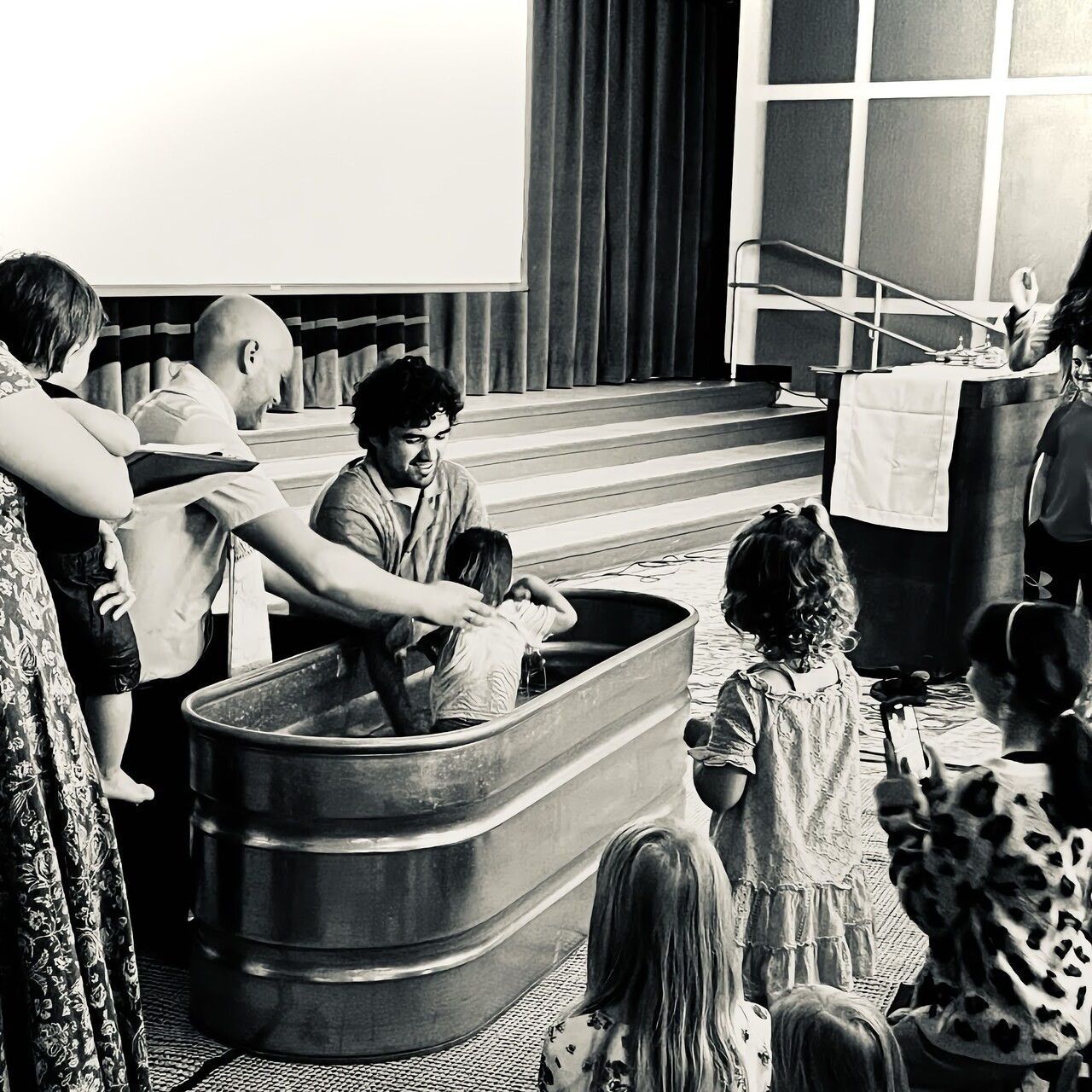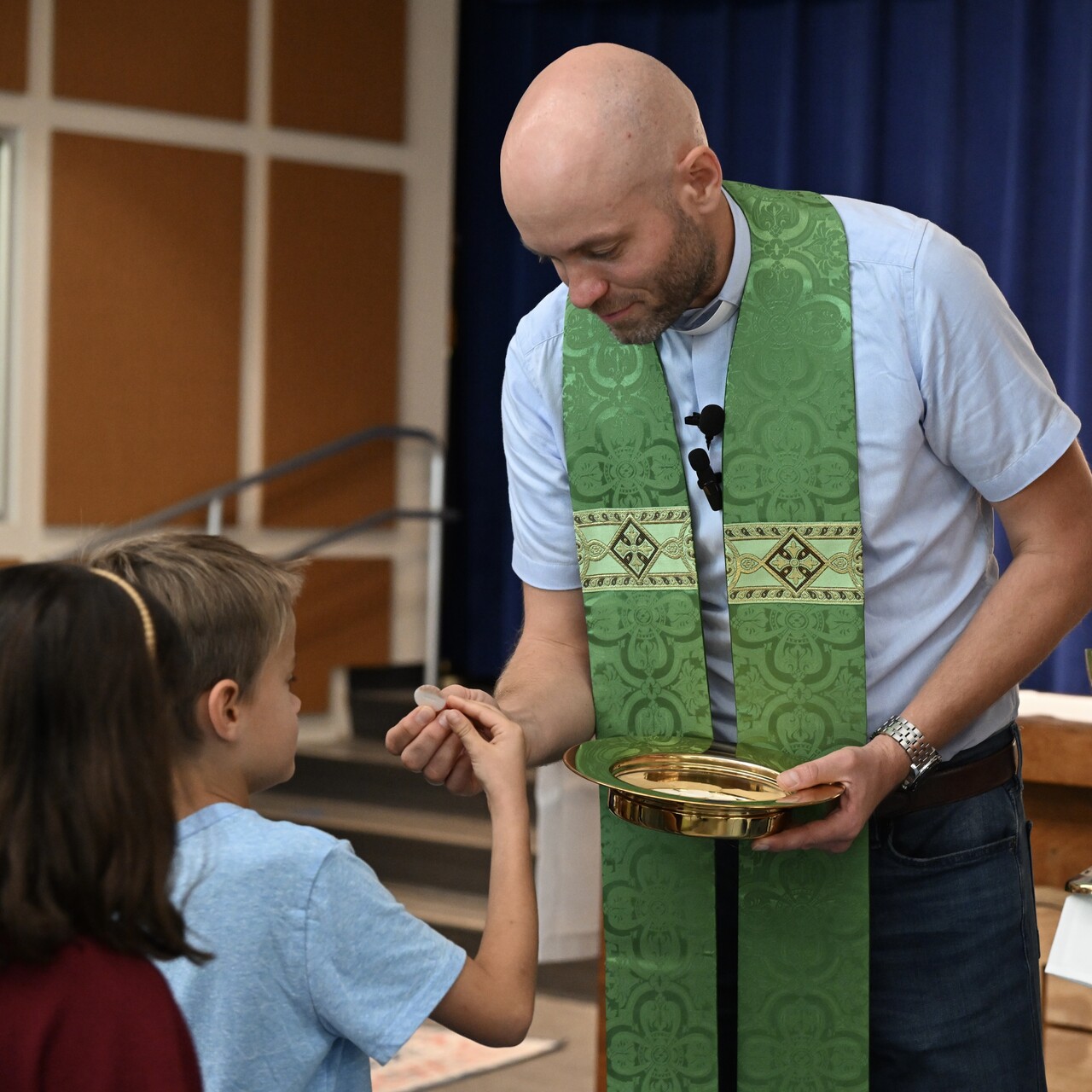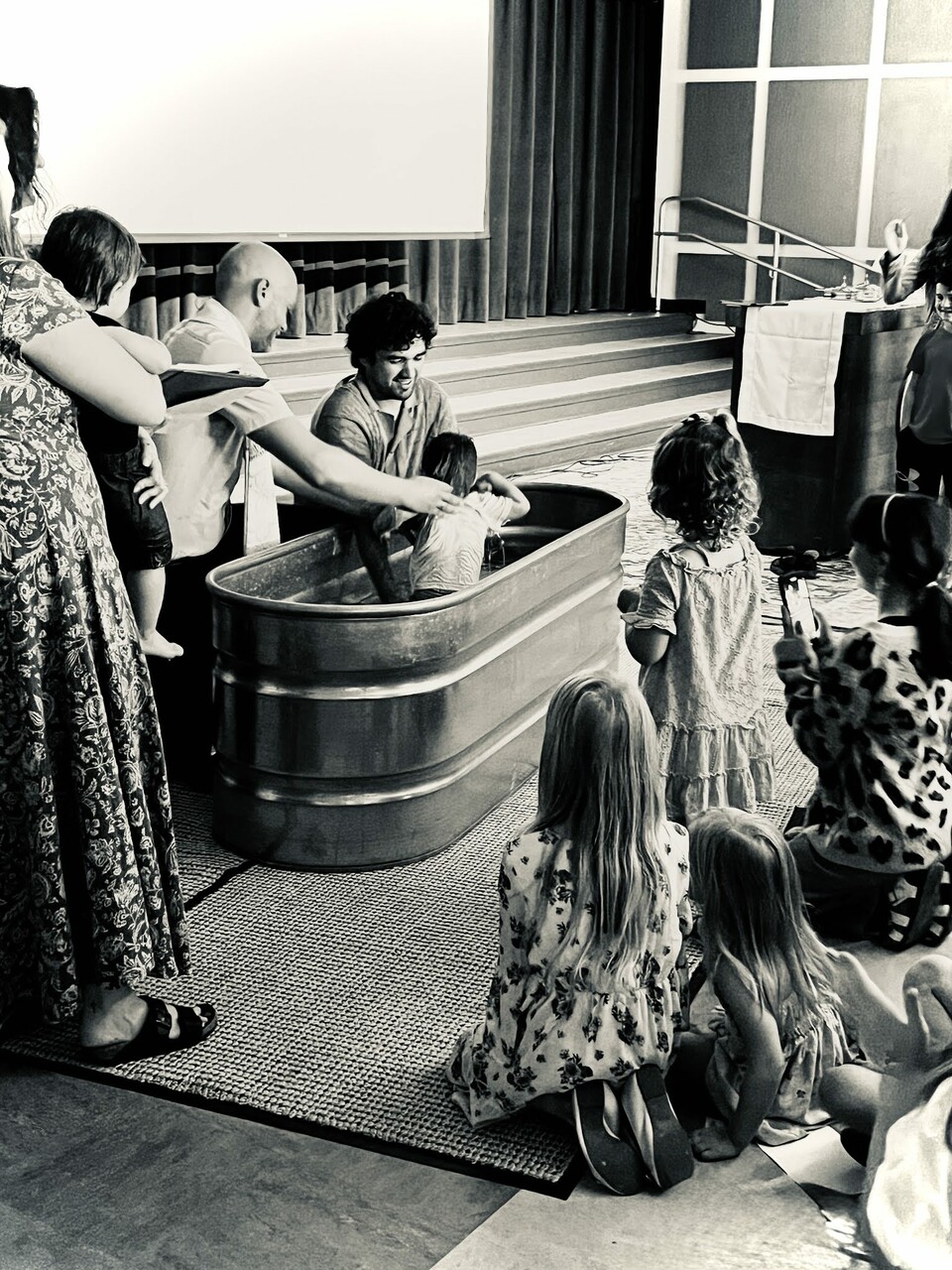
Newsletter Contents
I Couldn’t Build a Youth Worship Team, but God Could (and Did)
Translating Worship for Seekers and Visitors
Wind, Waves, and the Strongholds of Ein Gedi: Reflections on our trip to Israel
Grassroots Hymnal Effort Commended by College of Bishops
Disrupting Cultural Christianity: Reflections on Worship at New Wineskins
When God Uses His Megaphone: Christchurch’s Celebrate Recovery Ministry
Other Announcements & Upcoming Events
More from Fr. Lenny Konschewitz
Translating Worship for Seekers and Visitors
The Table St. Johns March ’25 Update
Once a Servant, Always a Servant: Reflecting on my Ordination to the Priesthood
Investing for Missional Expansion: Thinking Beyond Ourselves
The Table Saint Johns [Summer 2024 Update]
We plant churches to create communities that are both missional and worshipful. The Church exists to gather believers around Christ and to extend a welcoming invitation to those who do not yet know Him. At the heart of this mission is our desire to cultivate worship environments that inspire both the faithful and the spiritually curious.
But this balancing act can create tension. Some churches lean toward being “seeker-friendly,” shaping Sunday worship primarily around those exploring faith. Every element of the service is designed to be welcoming, engaging, non-threatening—and yes, inspiring—for newcomers.
How do we help seekers feel welcome in a worship context that may feel foreign to them?
Yet in our Anglican context we intentionally root our worship in the rich traditions of the Church. We draw deeply from ancient rhythms, liturgies, and prayers passed down from the early Church. These practices, while beautiful and formative, often include unfamiliar customs, vocabulary, and symbolism. This raises a real challenge: How do we help seekers feel welcome in a worship context that may feel foreign to them? And how do we invite them in without compromising the depth and distinctiveness of our worship?
As someone who didn’t grow up Anglican and came into this tradition as a church planter, I’ve wrestled with these questions personally. I not only had to adjust to a new style of worship, but also had to learn how to translate that worship for seekers and visitors who came to our church plant, The Table Church.

It wasn’t always smooth at first. But looking back, here are three key insights I’ve learned along the way:
1. Inspiring Worship is Not About Being “Seeker-Friendly,” But “Seeker-Comprehensible”
We don’t have to water down our worship to make it meaningful to newcomers. We can fully embrace the beauty and depth of Anglican worship—if we take the time to explain it. When I put on my stole, for example, I briefly note that it represents the yoke of Christ, under which I now visibly come. I remind the congregation that the table they’re invited to is not mine, but the Lord’s. Without thoughtful explanations, we risk missing moments where worship could be deeply inspiring for everyone present.
2. Inspiring Worship Begins with Inspired Leaders

Inspiration is contagious. When those leading worship are themselves inspired—when they are excited to worship God and are genuinely engaged—it creates an atmosphere that draws others in. If we lead from a place of joy, authenticity, and conviction, people will notice. They can sense the difference between empty rituals and living traditions. That difference is often made visible through the posture and heart of the leaders.
3. Only the Holy Spirit Can Truly Inspire
The word inspire comes from the idea of “breathing into” or fanning a small flame to make it grow. It carries within it the word spirit. It is only the Holy Spirit who can truly make our worship come alive. Lifelong Anglicans and unchurched seekers alike are drawn to worship that gives room to the Spirit’s presence. One practice that has become powerful for us is offering prayer ministry during Communion—an intentional space for people to encounter the Spirit in personal and transformative ways.
I’m still learning, and the journey continues to be exciting. My prayer is that we would become, and continue to plant, churches where people—whether longtime believers or first-time guests—can encounter God through truly inspiring worship.
Header/Featured Photo Credit
The Table St. Johns
Additional Photo Credits
large-DSC_3397 • The Table St. Johns
baptism-at-tsj • The Table St. Johns
